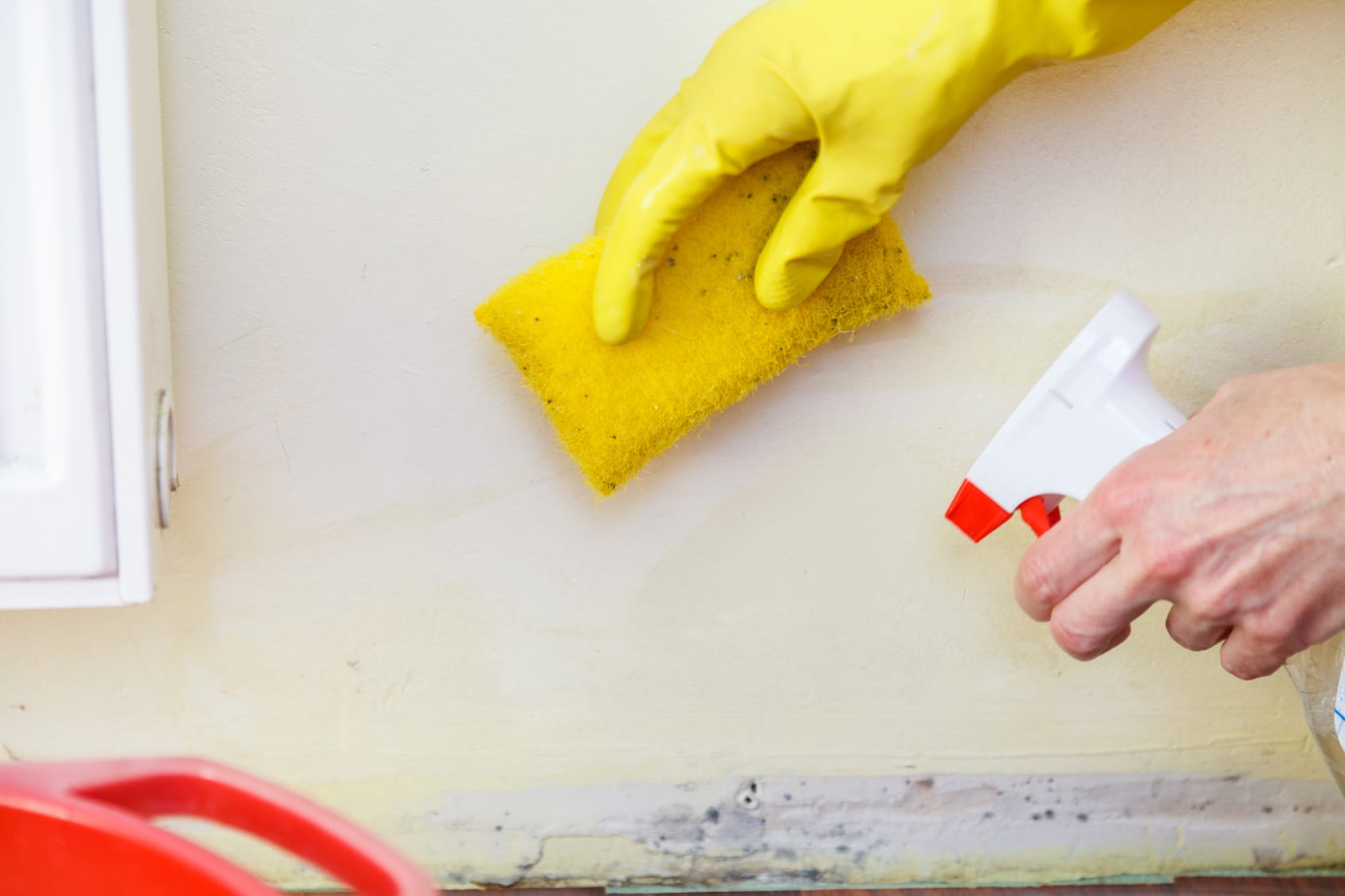Your Ultimate Guide to Article Mold And Mildew Removal Techniques
Navigating the world of post-mold removal strategies is a precise procedure that requires focus to information and an extensive understanding of the intricacies involved. In the after-effects of mold and mildew problem, knowing how to successfully get rid of the mold and mildew and stop its reoccurrence is extremely important for maintaining a healthy and balanced interior atmosphere. From choosing the ideal cleansing and decontaminating methods to executing approaches for long-lasting mold and mildew avoidance, each action in the removal journey plays a crucial role in guaranteeing an effective end result. As we get started on this exploration of post-mold removal techniques, we will certainly reveal the essential methods and finest methods that can help you restore your room to its pre-mold problem and protect it against future mold hazards.
Understanding Post-Mold Remediation Process
After finishing the mold remediation process, it is vital to comprehend the post-mold removal techniques that are necessary to make sure a complete and reliable cleanup. Once the mold has been eliminated, the following action entails cleansing and disinfecting the affected locations to avoid any regrowth of mold. This includes using specialized cleaning agents to wipe down surface areas and eliminate any type of staying mold and mildew spores. It is important to dry out the location entirely to inhibit the development of mold in the future (Post remediation mold testing near me). Appropriate ventilation and dehumidification can assist in this procedure.
Furthermore, performing a final assessment post-remediation is crucial to make certain that all mold has actually been effectively eliminated. If the evaluation discloses any kind of sticking around mold and mildew, extra removal may be essential.
Effective Cleaning and Disinfecting Approaches

Stopping Future Mold And Mildew Development

Significance of Proper Ventilation
Correct ventilation plays an important role in preventing wetness buildup, a vital consider mold development within interior settings. Effective air flow systems help eliminate excess humidity from the air, lowering the possibilities of mold and mildew spores locating the wetness they require to germinate and spread out. Without sufficient air flow, interior areas can come to be a breeding ground for mold and mildew, leading to prospective wellness risks and architectural damages.
By guaranteeing proper air blood circulation, air flow systems can also assist in drying wet locations much more swiftly after water damages or flooding incidents, even more deterring mold growth. Post Remediation verification. Precede like washrooms, kitchens, basements, and attics where wetness levels have a tendency to be higher, setting up and maintaining efficient ventilation systems is crucial in stopping mold infestations

Surveillance and Upkeep Tips
Given the vital function that correct air flow plays in preventing mold development, it is essential to establish efficient tracking and maintenance tips to make sure the ongoing home performance of air flow systems. Routine evaluations of air flow systems must be carried out to look for any kind of indicators of clogs, leakages, or malfunctions that might impede proper airflow. Monitoring humidity degrees within the residential property is additionally crucial, as high humidity can add to mold and mildew growth. Installing a hygrometer can help track moisture degrees and alert house owners to any type of spikes that may require focus. Furthermore, making sure that air filters are consistently cleaned up or replaced is essential for maintaining the efficiency of the ventilation system. Applying a timetable for regular upkeep tasks, such as you can check here air duct cleaning and cooling and heating system examinations, can aid stop issues prior to they intensify. By staying aggressive and mindful to the condition of air flow systems, homeowner can efficiently minimize the danger of mold regrowth and preserve a healthy and balanced interior environment.
Verdict
In final thought, post-mold remediation techniques are necessary for making sure a safe and clean environment. Recognizing the process, implementing effective cleaning and disinfecting approaches, preventing future mold development, keeping correct ventilation, and routine monitoring are all vital actions in the removal procedure. By adhering to these standards, you can effectively get rid of mold and prevent its return, working or promoting a healthy and balanced living room for all passengers.
In the after-effects of mold infestation, knowing just how to successfully eliminate the mold and mildew and stop its reoccurrence is vital for preserving a healthy interior setting. When the mold has been eliminated, the next action involves cleansing and decontaminating the impacted areas to avoid any kind of regrowth of mold - Post Mold Remediation. After getting rid of noticeable mold growth, it is crucial to cleanse all surfaces in the damaged area to eliminate any type of continuing to be mold and mildew spores. check my blog To even more boost mold avoidance measures, it is important to address underlying problems that originally led to mold advancement.Provided the critical function that correct air flow plays in stopping mold development, it is critical to establish efficient surveillance and upkeep suggestions to make certain the ongoing functionality of ventilation systems